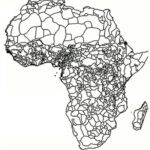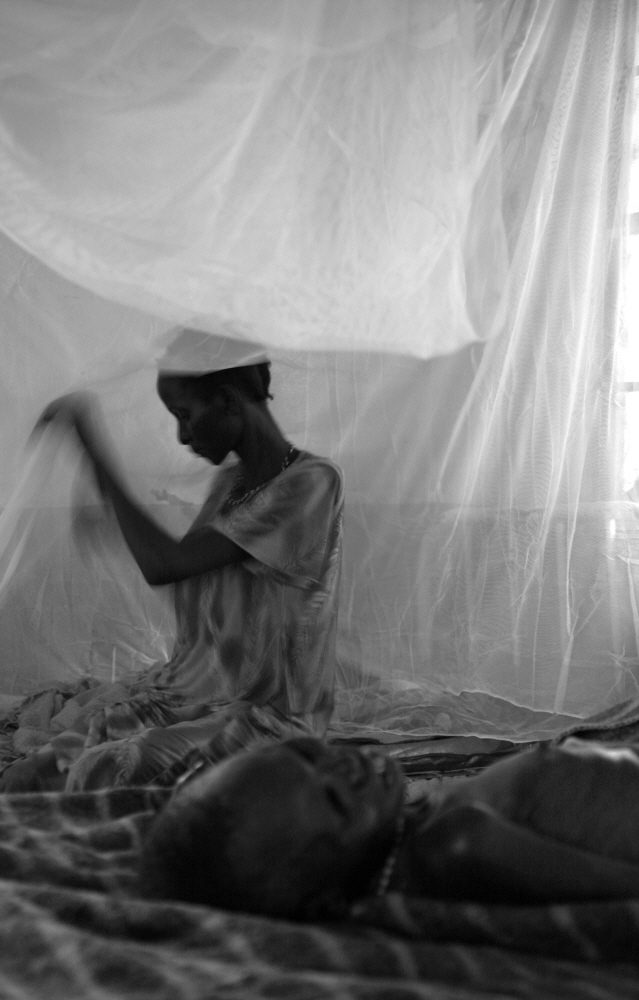Cynical press
International networks and journalists shamelessly focus their cameras on hunger and death. African leaders are embarrassed. Ethiopia wants to get rid of its image as the famine capital of the world. That’s one of the reasons its government has worked hard since 1991 towards guaranteeing food security. In his book Famine and Foreigners, Ethiopia since Live Aid, Peter Gill describes how in 2003 and 2008 the government tried to keep famine victims away from Western cameras. And now it is reluctant to let foreign correspondents cover the food crisis in the Horn of Africa.
“Anyone here been raped and speaks English?” The title of this book by war correspondent Edward Behr reflected the cynicism in the press coverage of the violence in Congo in the early 1960s. Africa had only recently become independent and Western journalists found it difficult to write in an informed way about the continent. The de-colonisation of the Western mind had yet to begin.
Visible bones
“Anyone here dying and speaks English?” Fifty years later this line haunts me during a visit to Dadaab, the refugee camp in Northern Kenya crammed with Somali refugees. Nobody knows the exact dimensions of the disaster. The epicentre lies in inaccessible territory in Somalia. There is no mass starvation in Dadaab, but the journalists need shocking images to reinforce their tales of misery so they go looking for death. There is no room for subtlety.
A staggering cow eating the straw from a nomadic dwelling, a desperate goat sucking the toes of his herder, these images may give an idea of the dimensions of the crisis for local cattle herders, but don’t contain enough drama to titillate the dulled appetites of Western readers. So the reporter goes for the kill. “Put your baby a bit more in the light, please”, a photographer asks a mother. And yes, take its clothes off – otherwise the bones are not visible.
Superlatives
Aid workers larded their announcement of the disaster at the beginning of July with superlatives: the worst drought since, the biggest humanitarian tragedy now. And the ace in the pack: worse than 1984’s famine in Ethiopia.
Referring to “the worst” seems the only way to get attention. Journalists copied the fundraisers’ chorus of woe. Hunger caused by a war raging in Somalia became a famine in the entire Horn of Africa. Some media even started talking about “the famine in Africa”.
Figures
When asked what he needed most, a Somali herder near the border with Kenya told me “I need respect”. Do aid workers and journalists show respect for the victims when they toss around figures like “four million dead in Congo” or “hundreds of thousands killed in Darfur genocide”.
When will figures become people? There is great suffering in Somalia, but how can aid workers claim that thousands of people have already died there because of the famine? Tens, hundreds, thousands? Is there a difference? Or have these calculations been made on the back of a matchbox to feed the journalists and the fundraisers? It seems perfectly understandable that African leaders are reluctant to join the hype created around this serious food crisis.

